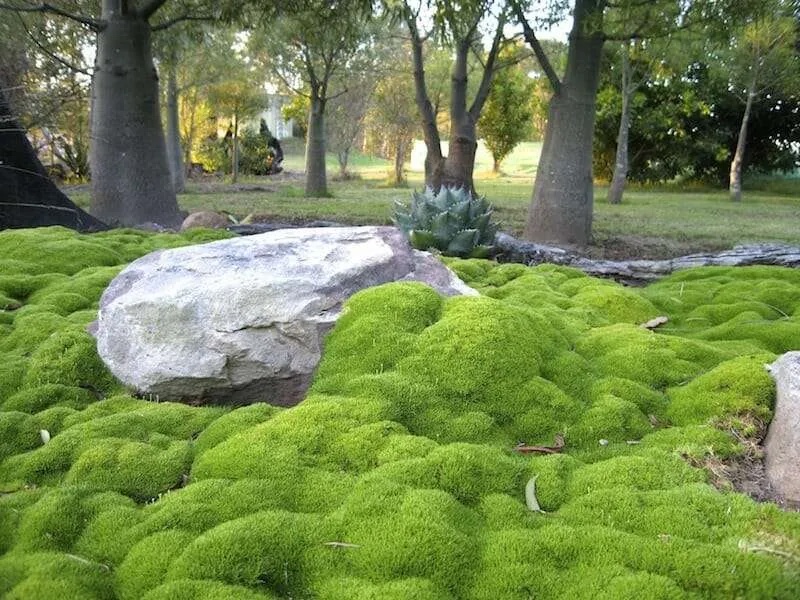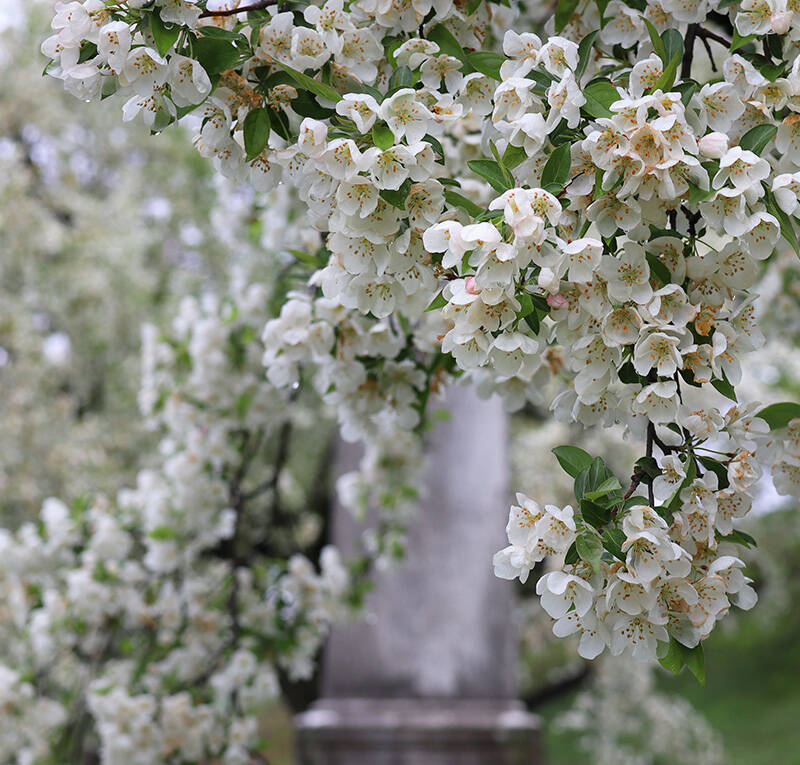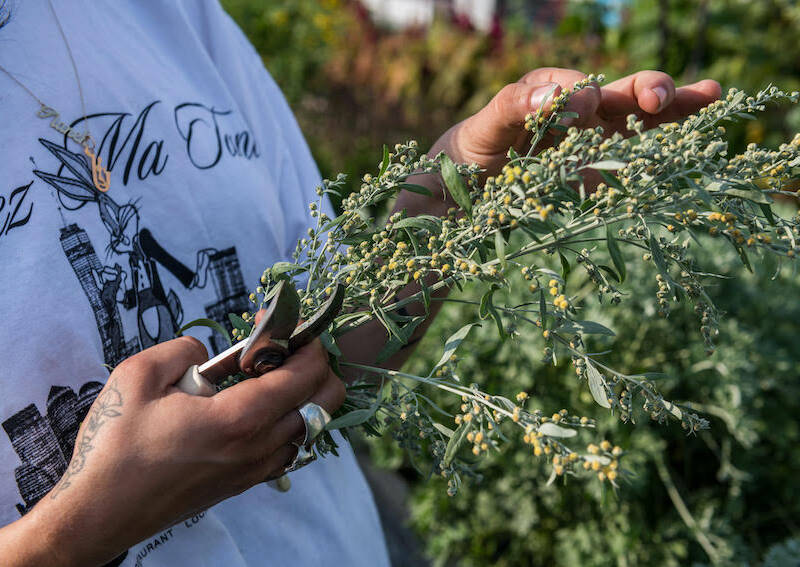Gardenia, Gardenia jasminoides: “Heaven Scent”
You know how certain smells can take you back to a specific (and I hope good) time and place? Gardenias do that for me. My grandma lived in Pasadena, California, where as a child I visited with my family every summer. Near her back porch happily lived a row of prolific gardenias. Their romantic fragrance gracefully wafted into the house to signal summertime whenever we opened the creaky screen door. Nowadays, every time I get a whiff of that intoxicating sweetness, I am right back there with Grandma.
While gardenias are worth the fuss, they can be fussy. But if given the correct growing conditions (and a little gardener’s luck), these sometimes finicky shrubs will really produce and reward you. Please keep reading to learn whether gardenia is the right plant for your garden.

In the US, gardenias are a classic Southern—and in my case, southern California—plant. They are often put on a pedestal (at least among plants) because of their richly perfumed, creamy-white flowers and glossy, almost-polished evergreen leaves.

Gardenias are native to tropical and subtropical areas of Africa, Asia, and Australia. With this geographic pedigree, it makes sense that these shrubs need and thrive in warm, preferably humid conditions. This is the reason why I recommend planting a gardenia where it gets reflective heat off a partially shaded wall to maximize the radiant warmth.
A tip when buying your gardenia is to choose one without buds so the plant has time to adjust to its new environment. All too often people buy budding gardenias and then eagerly wait for the flowers to open but catastrophically the buds drop without future development. Depressing bud drop also can occur on established gardenias when suffering from insufficient summer moisture or lack of light. Related, a lack of buds forming can be caused by not enough sunlight—see what I mean about gardenias being a bit finicky?

Another common concern with gardenias is yellowing leaves (chlorosis) caused by root rot or, more often, an iron deficiency which can be luckily remedied with a feeding of a liquid chelated iron.
When introducing gardenias into your garden, the perfect time to plant is in the spring and fall when temperatures are even and neither too hot or too cold. If you are planting a gardenia in the ground and the pH level of the soil is too high, amend with sulfur or mix into the ground a nursery-bought soil formulated for acid-loving plants before planting. If planting in a container, use a potting soil formulated for acid-loving plants. After that, mid-spring and mid-summer are the times to apply a slow-release fertilizer created for acid-loving plants.

Home remedy tip: I water my gardenias with leftover pickle juice about once a month to acidify the soil. Remember to plant your gardenias a tad high in the ground and then mulch with compost, pine straw (also acidic), or chopped leaves.
I have hunted out the best gardenia varieties like a crazy plant stalker, and while they all smell lovely, some smell super lovely. Also, each variety has different bloom times, flower size, growth habit, and flower potency. Start by researching the varieties and decide the purpose your plant will have in your garden. Do you need to border a walkway or a foundation? Then pick a compact smaller variety like everblooming gardenia, topping out at four feet and amenable to being pruned. If you want to make a statement, choose a variety like ‘First Love’, which can tower at eight feet. My favorite? Gardenia jasminoides ‘Mystery’ (grows quickly to five by three feet) because the velvety flowers are large, prolific, and saturated with sweetness. Trust me.
Last, if you are a true gardenia groupie, I say plant a handful of different types so that you can gloat about having flowers from May through August.
Cheat Sheet
- Gardenias are perfect to cut and bring indoors; add them to a small bowl of water where they can dreamily float about. The hardy flowers are also a favorite choice for weddings and proms.
- Place gardenias in pots on decks where their fragrance can be appreciated (or near doorways).
- Add gardenias to a cutting, cottage, or tropical garden.
- Versatile as a single shrub, hedge, screen, or container specimen in large pots.

Keep It Alive
- Gardenias, like azaleas and camellias, prefer acidic soil.
- They also like a lightweight soil that is well draining but with high moisture retention. When in doubt add compost in copious amounts to the planting hole.
- Keep gardenias moist, but they don’t appreciate soggy roots–so clay soil is out.
- Gardenias can survive full sun, but if you live with blazing hot summers you should site these beauties for a northeast-facing exposure to receive bright morning light, a bit of midday sun, and relief during the hottest part of the day. Tip: Choose your planting spot wisely because gardenias are prima donnas that don’t like being moved.
- These glorious shrubs unfortunately make poor houseguests unless sited in a greenhouse or sunroom. There is simply not enough light or humidity in a home to set bloom.
For more growing tips, see Gardenias: A Field Guide to Planting, Care & Design and find more ideas in our curated Garden Design 101 guides to Tropical Plants and Shrubs. Read more:
- Gardenias: Rethinking a Corsage Flower
- Back to Africa: At Home in My Mother’s Garden
- Gardening in Paradise: 10 Ideas to Steal from Key West










Have a Question or Comment About This Post?
Join the conversation (0)